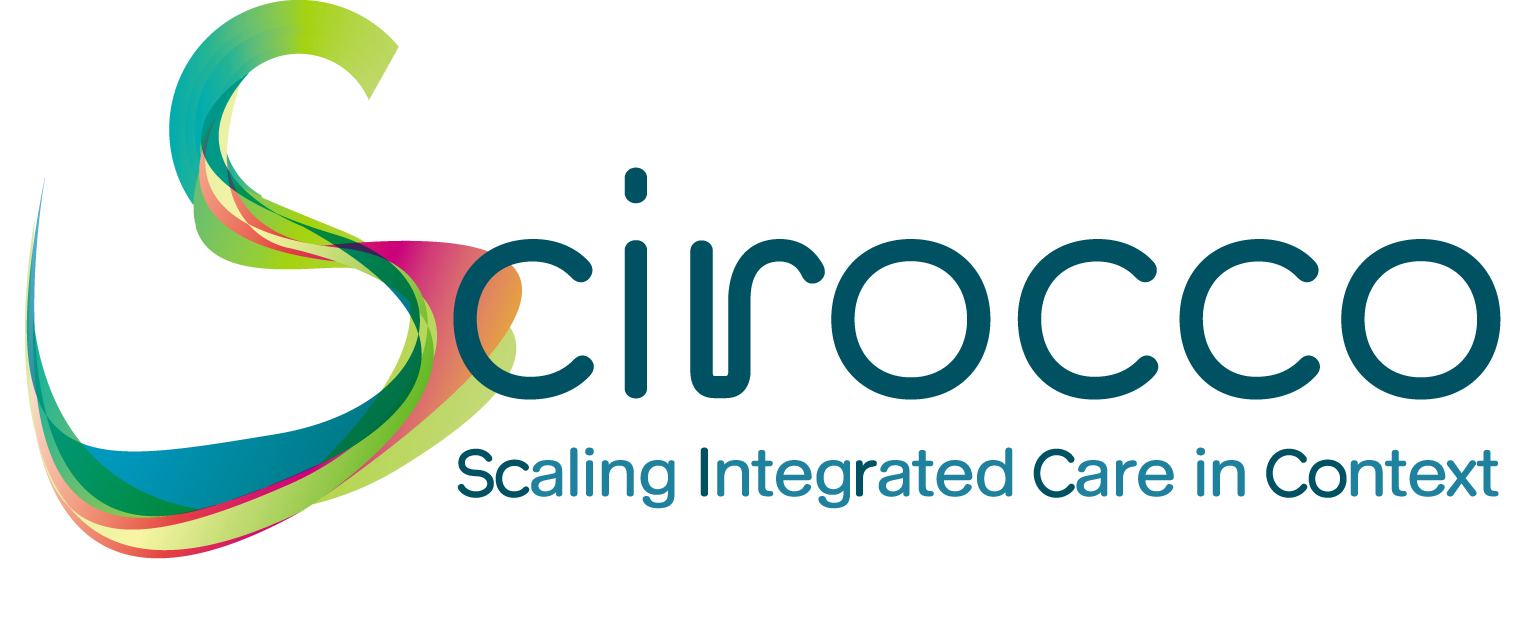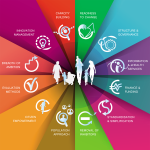Population Approach
Objectives:
Integrated care can be developed to benefit those citizens who are not thriving under existing systems of care, in order to help them manage their health and care needs in a better way, and to avoid emergency calls and hospital admissions and reduce hospital stays. This is a practical response to meeting today’s demands. Population health goes beyond this, and uses methods to understand where future health risk (and so, demand) will come from. It offers ways to act ahead of time, to predict and anticipate, so that citizens can maintain their health for longer and be less dependent on care services as they age.
- Understanding and anticipating demand; meeting needs better and addressing health and social inequalities.
- Improving the resilience of care systems by using existing data on public health, health risks, and service utilisation.
- Taking steps to divert citizens into more appropriate and convenient care pathways based on user preferences.
- Predicting future demand and taking steps to reduce health risks though technology-enabled public health interventions.
Assessment scale:
- Population health approach is not applied to the provision of integrated care services
- Population-wide risk stratification considered but not started
- Risk stratification approach is used in certain projects on an experimental basis
- Risk stratification used for specific groups i.e. those who are at risk of becoming frequent service users
- A population risk approach is applied to integrated care services but not yet systematically or to the full population
- Whole population stratification deployed and fully implemented.




